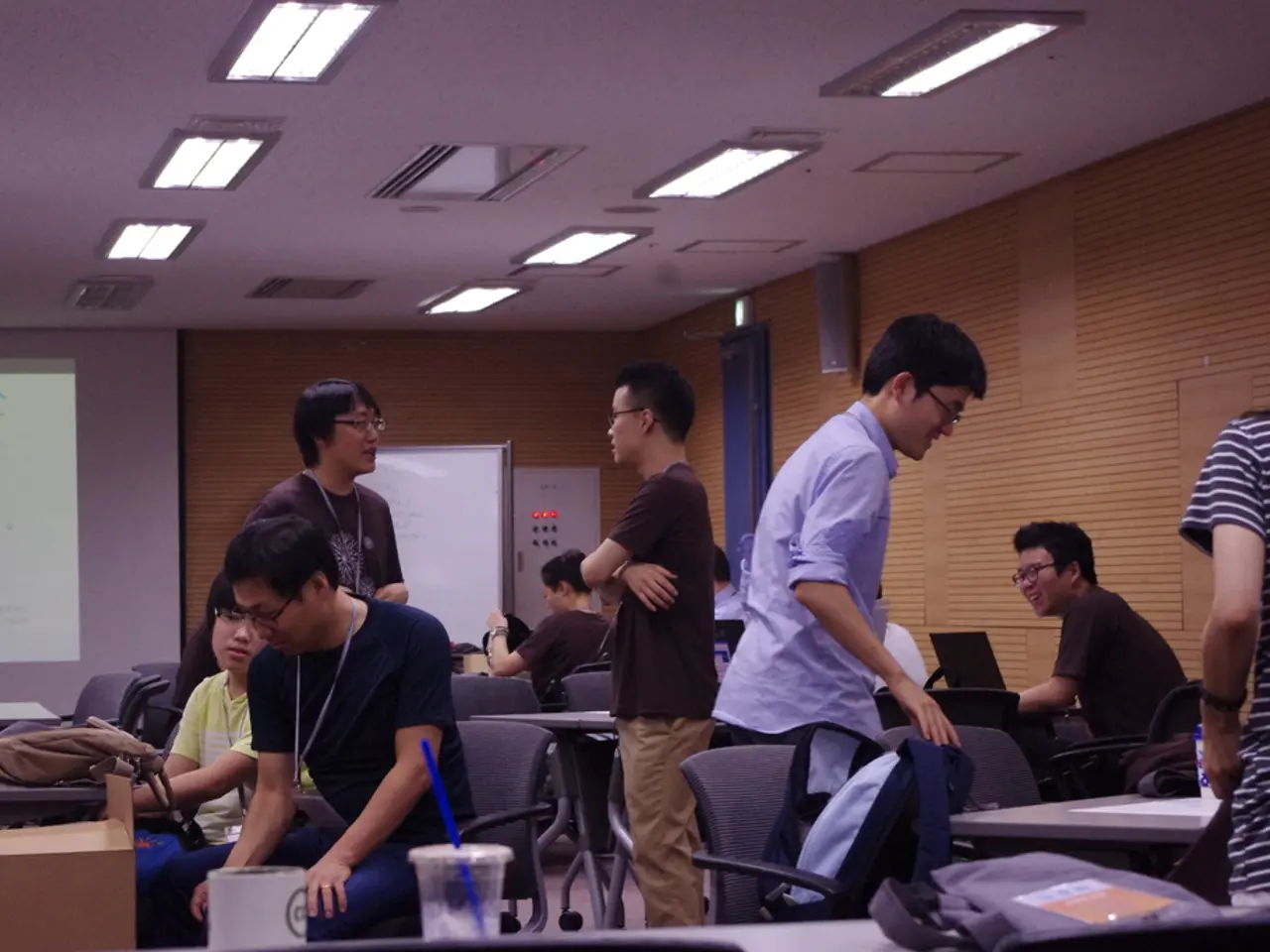Learning about ChatGPT and its applications in teaching: Suggestions and Strategies for Instructors
ChatGPT, an advanced AI language generator and chatbot developed by Microsoft-backed OpenAI, has taken the world by storm since its public release in November 2022. With over a million users, this modern tech marvel is being hailed as a magic show in response capabilities, yet its role in education is a topic of debate.
ChatGPT is not intended to be used as an educational tool, according to its creators. However, it has found a place in classrooms worldwide, with teachers relying on it as a tool to support personalized learning, content creation, language assistance, and accessibility.
One of the most intriguing aspects of ChatGPT is its ability to provide writing prompts to help students get started with their writing. It can even emulate the writing style of various authors for educational purposes, although it may not always accurately capture the essence of the original author. For instance, when asked to describe snow in the style of Ernest Hemingway, ChatGPT failed to emulate the short and direct sentences for which the author is known.
However, it's crucial to note that ChatGPT's responses are not always accurate and may sometimes produce harmful instructions or biased content. Sam Altman, CEO of OpenAI, has cautioned against relying on ChatGPT just yet due to its limitations. The creators of ChatGPT have put restrictions in place to limit abuse, and it's essential for educators to check with their IT or technology department before encouraging students to sign up for the service.
The use of ChatGPT or similar technology in schoolwork by students is likely inevitable. As such, one of the best teaching opportunities might be to discuss its ethical implications and potential problems. Critically fact-checking ChatGPT's responses can be a valuable teaching exercise, helping students to develop critical thinking skills and an understanding of the limitations of AI.
Moreover, the servers for ChatGPT have frequently been overloaded during peak times due to high usage, which could potentially disrupt learning. However, the benefits of using ChatGPT as a digital tutor to answer questions and provide information are undeniable. For instance, Jeremy Howard, an AI researcher, used ChatGPT as a digital tutor for his 7-year-old daughter.
The sample ChatGPT lesson plan is designed to implement the tool into instruction, providing a framework for responsible use. Teachers are encouraged to emphasize responsible use under clear guidelines to maximize benefits and minimize risks such as misinformation, privacy concerns, and academic integrity issues.
In conclusion, while ChatGPT is not intended to be an educational tool, it has found a niche in classrooms worldwide. Its ability to provide writing prompts and emulate the writing style of various authors makes it a valuable resource for students. However, it's essential to approach its use critically, fact-checking its responses and using it responsibly to maximize its benefits and minimize its risks.
Read also:
- CEO Efe Cakarel of film platform Mubi addresses controversy regarding new investor and Israeli military ties, establishes advisory board and fund to safeguard artists under threat.
- Deteriorating munitions are submerged in the Baltic Sea, and Germany aims to retrieve them before it's too late.
- Reliance, led by Ambani, and other entities are reportedly in negotiations with OpenAI to introduce the Stargate project, valued at half a trillion dollars, within India.
- Energy Minister of Malawi, Ibrahim Matola, heads Malawian delegation for a knowledge exchange on BESS (Battery Energy Storage Systems), a trip held in India. This exchange is backed by the Global Energy African Partnership Program (GEAPP).





